Let’s touch various kinds of paper
I like paper so much that I named my site Paper Garden, but that doesn’t mean I know much about it. To be honest, I do not know much about paper other than what I use. It is a pity that I do not actively create opportunities to use new paper.
That is why I came here.
The Shiojiri City Library is holding an exhibition “Touching and Flipping Paper".
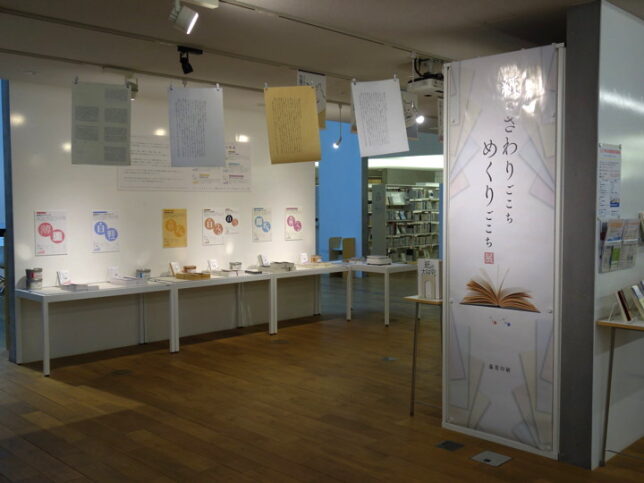
Actually, I visited there a few days ago, but the exhibition will be closed soon because I have been slacking on updating my blog.
Tomorrow, Tuesday, October 20, is the last day of the exhibition, so please forgive me for writing this article now.
Fujiwara Printing Co. Ltd in Matsumoto City sponsors the exhibition, and I came here because I was told that I could touch various kinds of paper.
I was worried about whether I could take pictures in the exhibition hall, so I checked with the library staff and they said, “You can take pictures in this section".
The main exhibit is this.
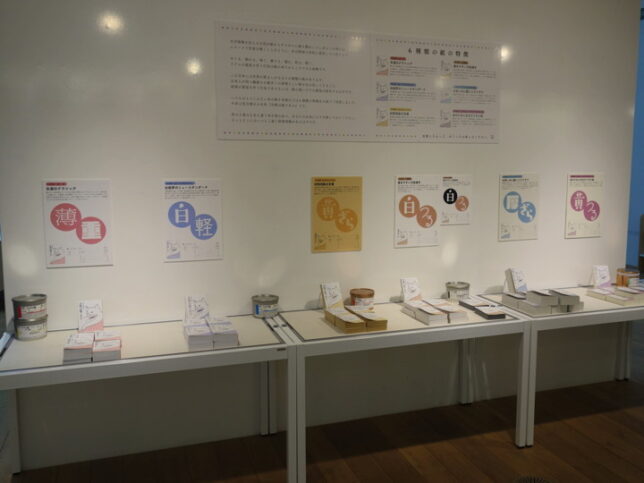
There are six types of Soseki Natsume’s “I am a cat" books.
They are printed and bound on different types of paper and displayed side by side.
The exhibition is designed to let visitors experience how different the impression is depending on the paper.
The names and characteristics of the paper used in the text are written on the panel like this.
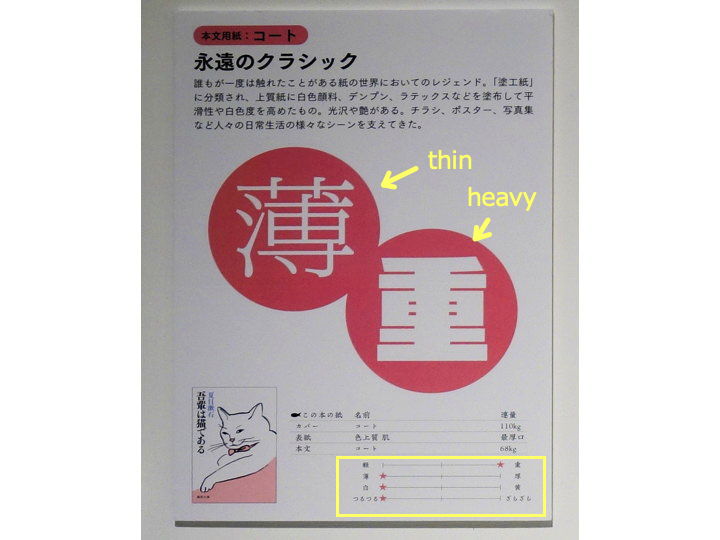
Since the text in the photo is difficult to read, I will only write out the text of the bar graph marked with an asterisk at the bottom.
Light —– Heavy
Thin —– Thick
White —– Yellow
Smooth —– Rough
Now, let’s look at the six types side by side. (The ream weight is the weight of 1,000 sheets of the specified paper size.)
“Usu-omo"(Light and heavy) : Coated paper, 68 kg ream weight.
“Shiro-karu"(White and light) : b7 Tranext, 64.5 kg ream weight.
“ki-zara"(Yellow and rough) : G Olympus, 54kg ream weight.
“Shiro-tsuru"(White and smooth) : High quality paper, 55kg weight, (white paper and black paper)
“Atsu-zara"(Thick and rough) : Adonis Rough 70, 59.5kg ream weigh.
“Ki-tsuru"(Yellow and smooth) : Menuet Light Cream, 55kg ream weight.
The thickness of the books is also different because of the different types of paper, but it is not the case that the thickest book is the heaviest.
There is a section where you can hold the book in your hand and feel it, and then check it on the scale.
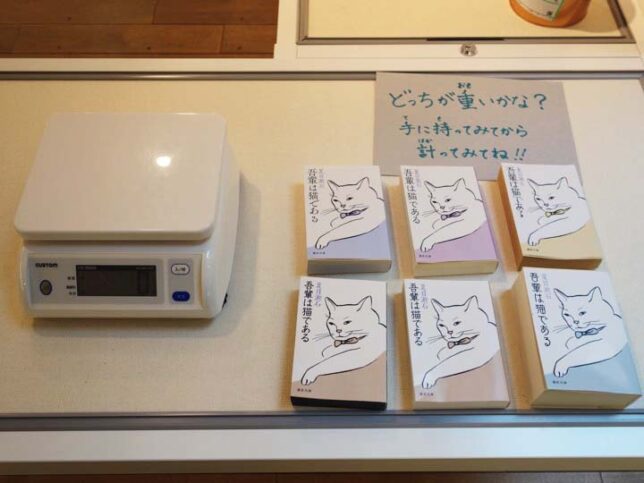
Of course, I was happy to weigh all the books, but it would be boring to put the numbers here, so I’ll put a mosaic of them.
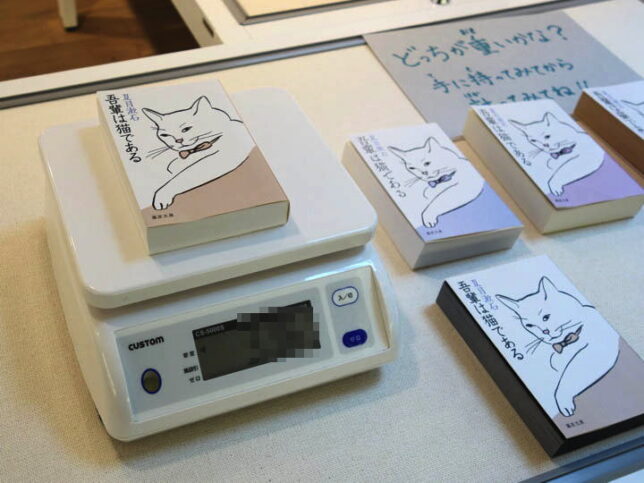
When I opened the book and held it in my hand, my first impression was that of “Ki-tsuru". It is classified as “book paper" made for books, so that makes sense.
But as I touched it a little more, I got a better impression of “Shiro-karu". I would like to give this one my recommendation.
At the venue, there is a board to vote for your favorite type of paper.
There was a corner marked “please feel free to take one," with notepads of different paper qualities. I gratefully received them.
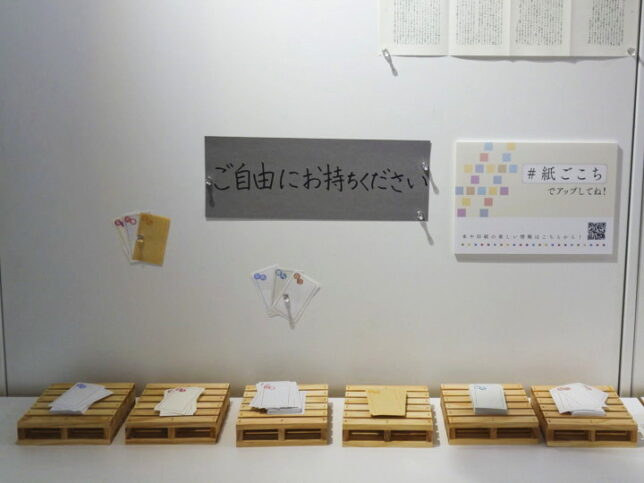
I lined them up and took pictures of them when I got home.

I told myself, “Don’t just coast along on what you already know, you have to get in touch with different things (not just paper) and have new experiences".
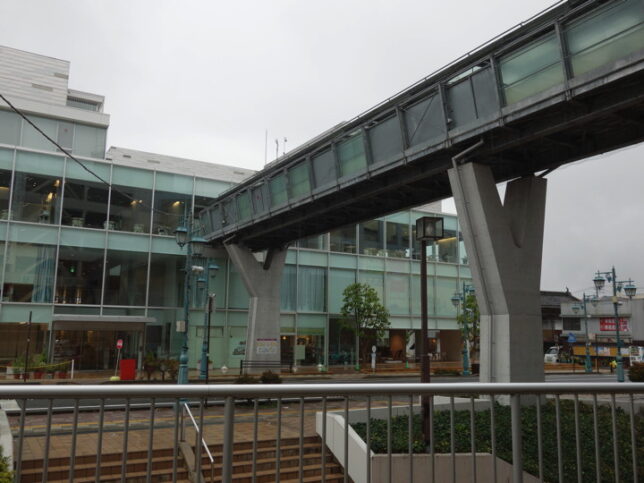
The last photo is the exterior of the library. The building is called Civic Exchange Center “Enpark," and its first and second floors are used as the library. The third to fifth floors house conference rooms, an event hall, and company offices.
A corridor connects to the municipal parking lot across the street.
This concludes my report on the “Touching and Flipping Paper" exhibition.
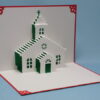
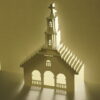

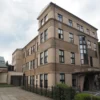
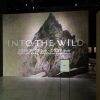
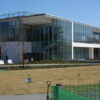
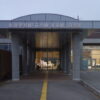
Recent Comments